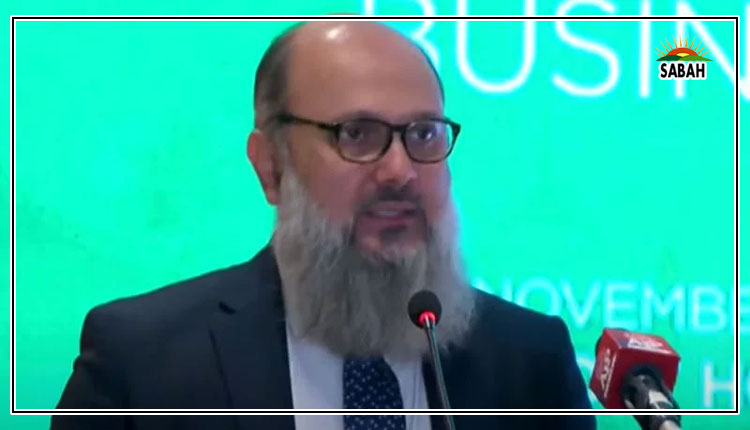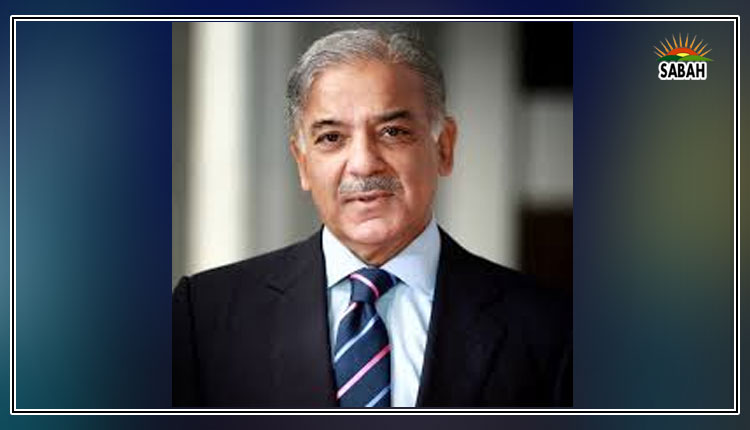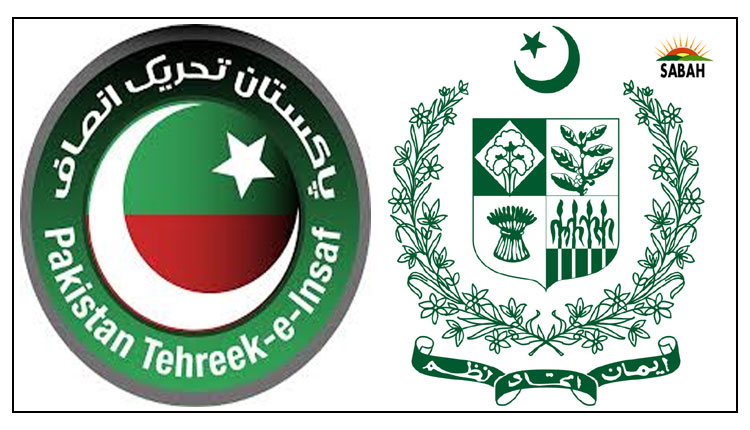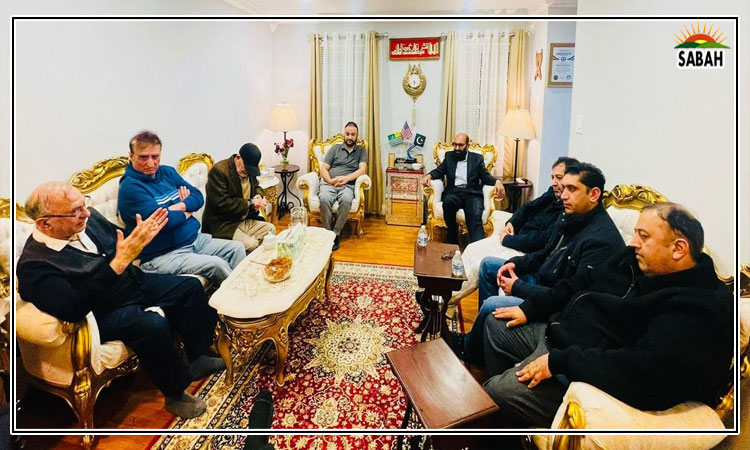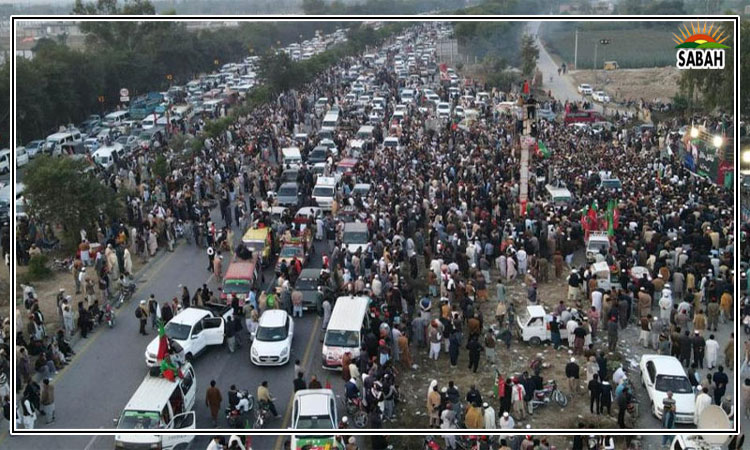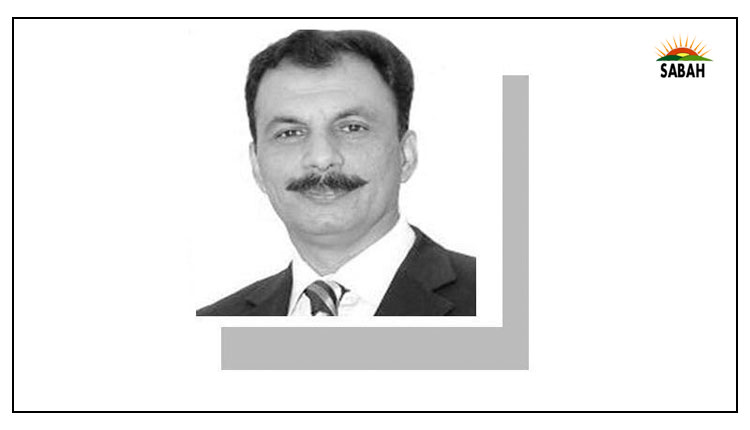Finnish recipe…Mohammad Ali Babakhel
FINLAND has been ranked as the worlds happiest country for the seventh straight year. It is also the 13th safest in the world. In the Global Terrorism Index, it is ranked 89th, placing it at the bottom of the list. Yet, even though it is one of the safest countries, preventing violent extremism (VE) is one of Finlands top priorities.
Finlands first National Action Plan (NAP) to prevent VE was drafted in 2012, the second version in 2016. Its implementation was assessed by an external reviewer, and the assessment report published in 2019. The objectives of the plan were to reduce extremist violence and its threat, promote the implementation of equality, freedom of speech, and other constitutional rights, and detect and investigate hate crimes.
The Finnish interior ministry now coordinates the prevention of VE and leads the National Cooperation Network, while the Finnish Security and Intelligence Service works with the police and international partners to combat terrorism. The Finnish plan also recognises the power of politicians in determining a direction for society and in defining values that influence public opinion and attitudes about VE.
Considering the productive role religious communities can play in the prevention of VE, the plan gave them immense importance. It aimed to strengthen the knowledge of imams and community leaders so that they could support their communities with the correct information. Militant groups attempt to use local incidents to support their ideology and spread their own interpretations of religion through social media. Finnish authorities realised that religious leaders can prove effective in countering militant ideology if they can strengthen the immunity of their communities against messages that encourage violence.
Finlands plan recognises that young people can build peace.
The plan also recognised that families are in the strongest position to prevent radicalisation. Strong emotional ties within families can play an important role in preventing a person from joining militants. Likewise, the Finnish saw that their municipalities can also play an effective role. In multi-professional anchor work, the police, social workers, psychiatric nurses, and education officers were asked to work with young people. Anchor work also acted as a contact point for anyone if they had concerns about radicalised individuals.
The plan also recognised that young people can help prevent VE and build peace. They can support other young people and apply their experiences and expertise to preventive work. During the last few years, the focus in Finland has been on improving the media literacy of young people, while less attention has been paid to that of adults. Increasing knowledge and the ability to identify the concepts used by extremists is essential, so training materials are being prepared for the public.
Hate speech is linked to violent extremism, as it divides people into us and them friends and enemies thus strengthening the possibility of confrontation. The Finnish plan aimed to increase the understanding of its public and professionals about communications related to hate speech and strengthen the ability of people working with young citizens to talk about propaganda and hate speech, as well as support the victims of hate speech.
The gender perspective in the prevention of VE is often overlooked. Militant groups have both male and female members. Mothers play a more important role in raising children and are faced with the difficult task of protecting children in conflict areas from the influence of violent groups. Women, as mothers, can play an important role in saving children from being recruited by militants. The plan focused on increasing knowledge and awareness of the ways in which VE affects women in Finland and what can be done to support them.
Combating violent radicalisation in prisons was a key objective of the Finnish plan, as many of the individuals who had committed terrorist attacks in Europe became radicalised during imprisonment.
Before release from prison, the release plan now covers housing, education, job opportunities, and family situations. Information about released prisoners is exchanged with the intelligence service, police department, social services, and municipality so that the released persons may be assessed and monitored.
Since the education sector plays an important role in supporting the well-being, development, and learning of children, enhancing teachers knowledge of extremist ideologies was part of the prevention measures identified. From Finlands experience, militancy-infested societies can learn that the kinetic option can kill terrorists, but extremism may still multiply. It is, therefore, not enough to simply counter terrorism: we must work actively to prevent it.
Courtesy Dawn



